Skype: neodalle-travel
Tel: +86 135 7447 2266
E-mail: sales@visitaroundchina.com

China is an ancient country with a very rich heritage. It is a history that has laid a strong foundation for many of the Chinese inhabitants today. While some of the ancient Chinese myths and cultural traditions have been forgotten or even discarded, many of them are still remembered and incorporated into everyday life. Taking a look into the cultural traditions of China can reveal a lot about the way that the people live.
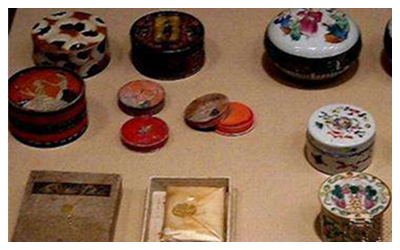
1. Makeup Powder Box
The make-up powder used by women in ancient China has two types. One is called rice powder which is made by grinding rice grains with spices. The other is paste-like facial powder, commonly known as "hufen". Because it is made of lead, it is also called "lead powder".
And then, the color of the makeup powder had also increased from the original white to a variety of colors, and blended with various precious spices to make women more charming after they made up.In ancient China, rouge was the main cosmetics matching makeup powder. Rouge, similar to the blush we use today, is also known as "Yanzhi" in Chinese. It is a red pigment and the main product for ancient Chinese women makeup.
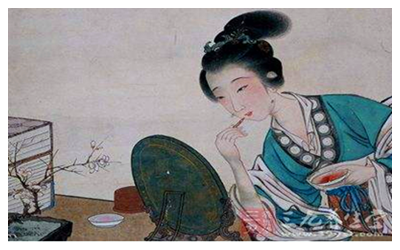 2. Bronze mirror
2. Bronze mirror
Love beauty is human''s nature. In China, the earliest surviving bronze mirror was unearthed in the tomb of Fuhao in Yinxu. In ancient times, bronze mirrors were used to dress up faces and ward off evil spirits.
In the Western Han Dynasty, the bronze mirror was started to become a symbol of love between men and women, taking the meaning of "the two hearts reflect each other". If felling in love each other, lovers would give a bronze mirror to be kept at any time each other during lifetime, which means " being together in whole lifetime." After death, the bronze mirrors would be buried in the tomb to show that "even if they die each other, they will not separate", which means that their love remains unwavering.
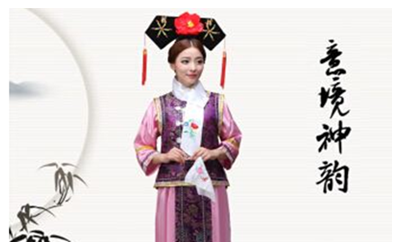 3. Handkerchief
3. Handkerchief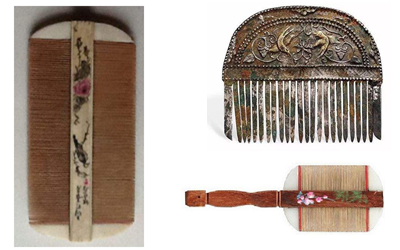 ombs
ombs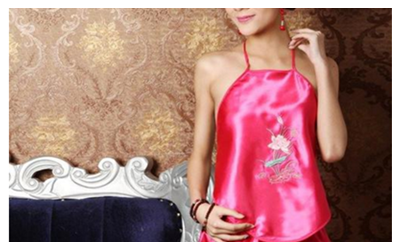
5. Xieyi, Underwear
Ancient Chinese women's underwear was first called "Xieyi". Used at first in the Han Dynasty, Chinese underwear has over 2000 years history.The ancient Chinese women's underwear contains endless feelings. The front part was circle and short , the back part was squrre and long. There was a cloth string to be tied at the waist, chest and shoulders respectively. There were pockets on the underwear which were embroidered with small patterns of different styles.
With improvement, the ancient Chinese women's underwears had been become more and more beautiful with different styles. The photo shows a kind of modern Chinese women's underwear, called " Doudou".
6. Jade
Jade was a very fashionable emblem of ancient Chinese Culture. Jade was important in China not only because of its beauty, but also for its virtue and cultural significance. From ancient times, during the Western Zhou Dynasty, jade has been used as a decoration that used to hang from the sash holding the Hanfu (a garment that was a part of the Ancient Chinese Clothing) closed.
7. Dragon & Pheonix
As one of the most recognizable symbols of china, the dragon is a symbol of auspicious power in Chinese Folklore. This symbol is very obviously found in Ancient Chinese Clothing particularly on imperial robes. These ancient rulers considered themselves descendants of the dragon and so the scenes pertaining to dragons on their clothes were indicators of their power.
Traditionally, the Chinese being an agriculture-based nation are very dependent on water. So, the dragon is associated with the weather and is the bringer of rain and water in China. The dragon is also the embodiment of the yang (male). The female is known as the Pheonix.
8. Flowers & plants
Some of the other popular motif designs were and still are willow trees, chrysanthemums, cranes and bamboo. These are depicted on of course clothes. Imagine owning a piece of Ancient Chinese Clothing complete with rich and elaborate patterns that once belonged to the rulers of this splendid civilization.
Chinese accessories aren’t really complete without a depiction of at least one of these four favorite plants - the bamboo, the Chinese plum, chrysanthemum and orchid. Of these, the bamboo is used in the most versatile manner. From tableware - chopsticks and utensils - to flutes to paintbrushes and even hair accessories.
9. Color
The fashion of ancient China has consistently evolved throughout every dynasty. For example, during the Sui Dynasty, the emperor declared that only the rich people could wear colors while the poor people had to be dressed in blue or black. Such was just a metaphor of what certain clothing or accessories meant to society even during ancient times.
 Ask Questions ?
Ask Questions ?